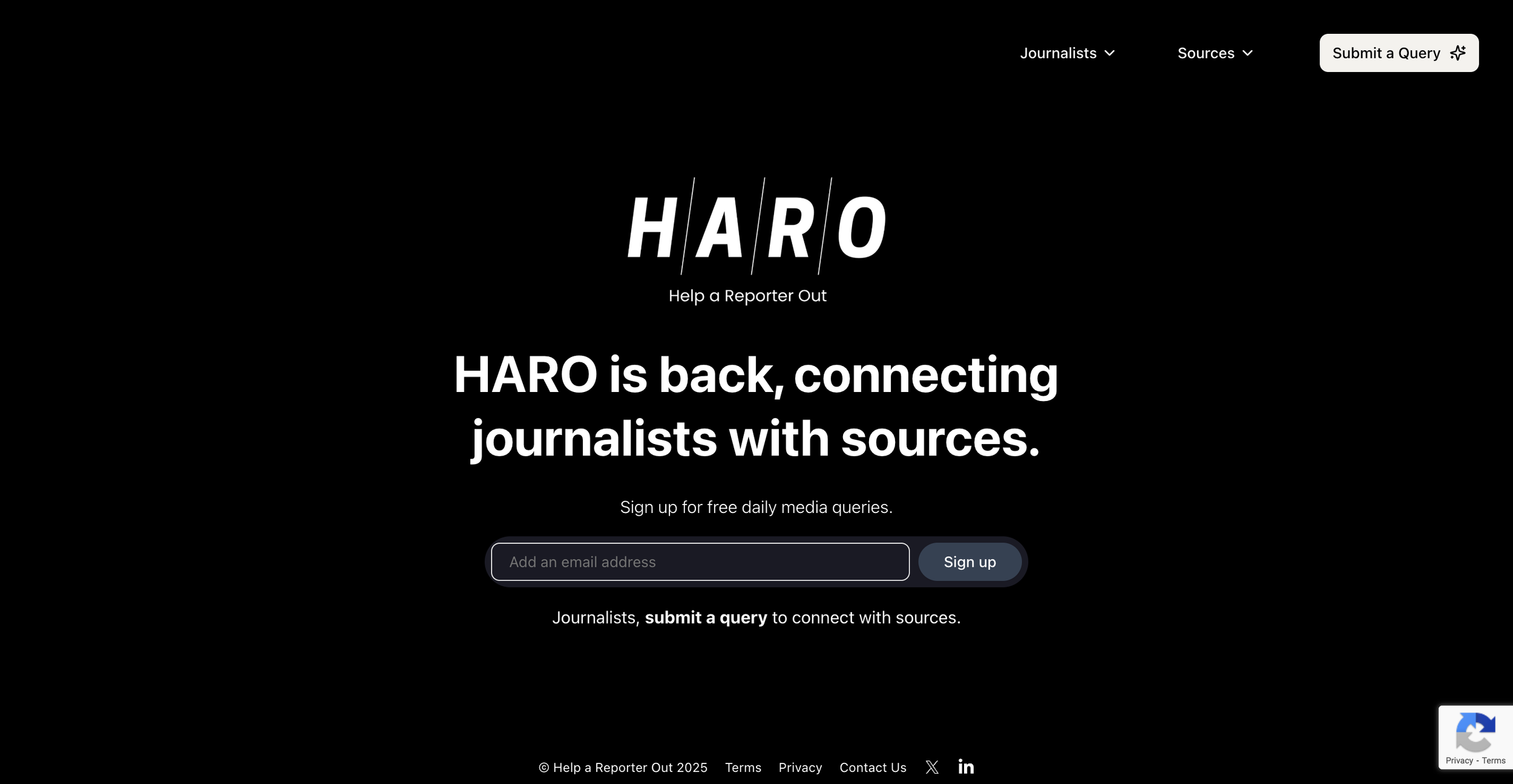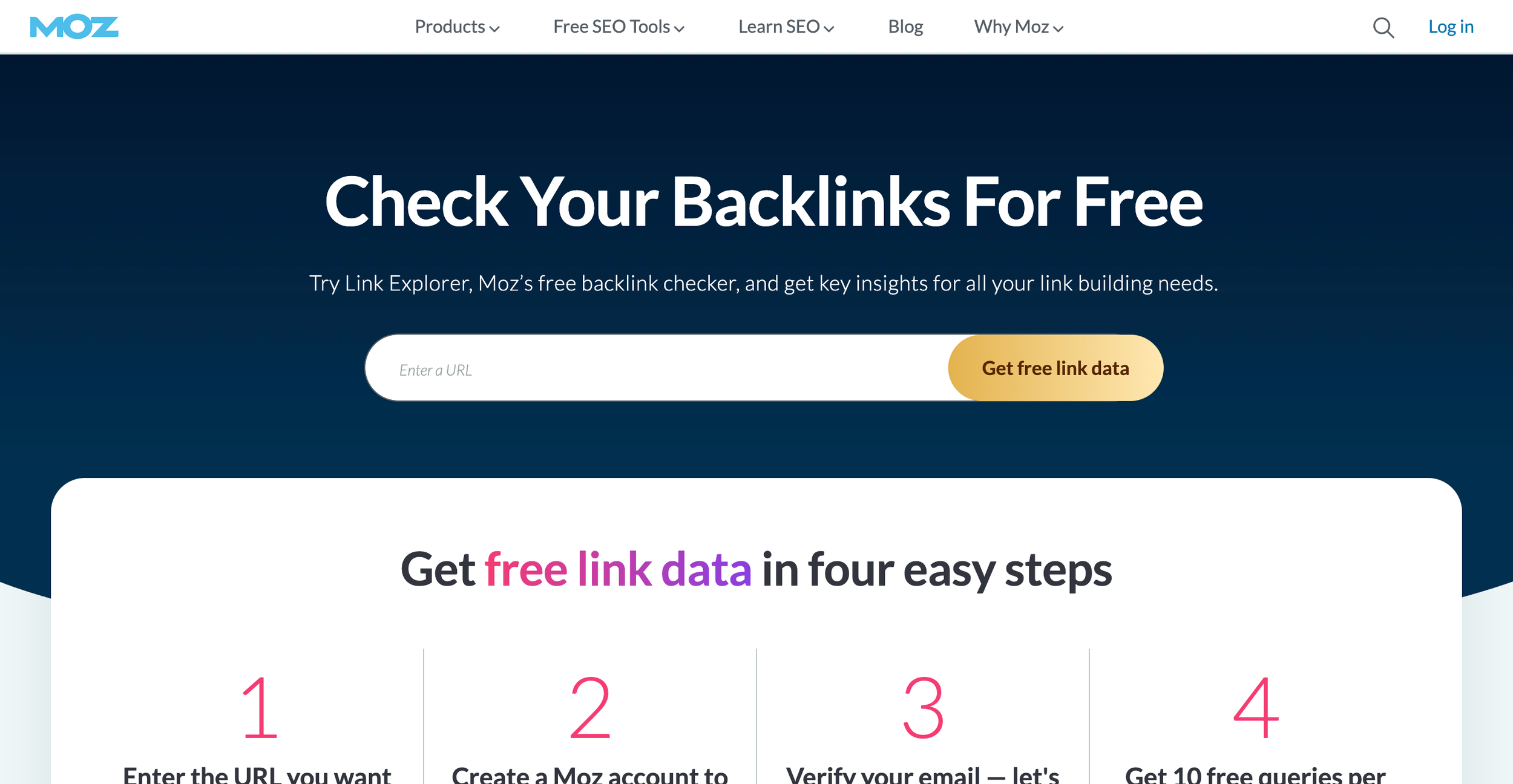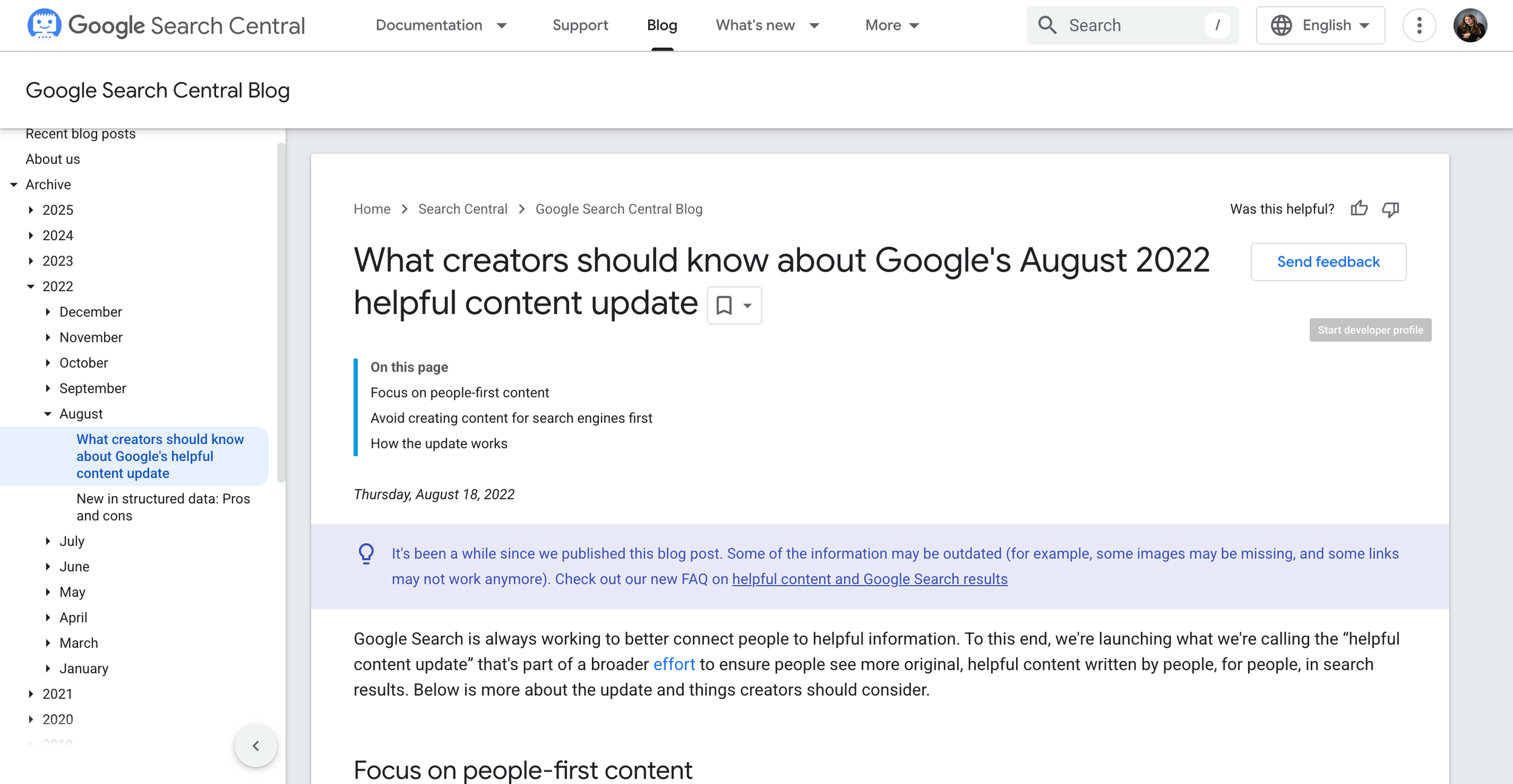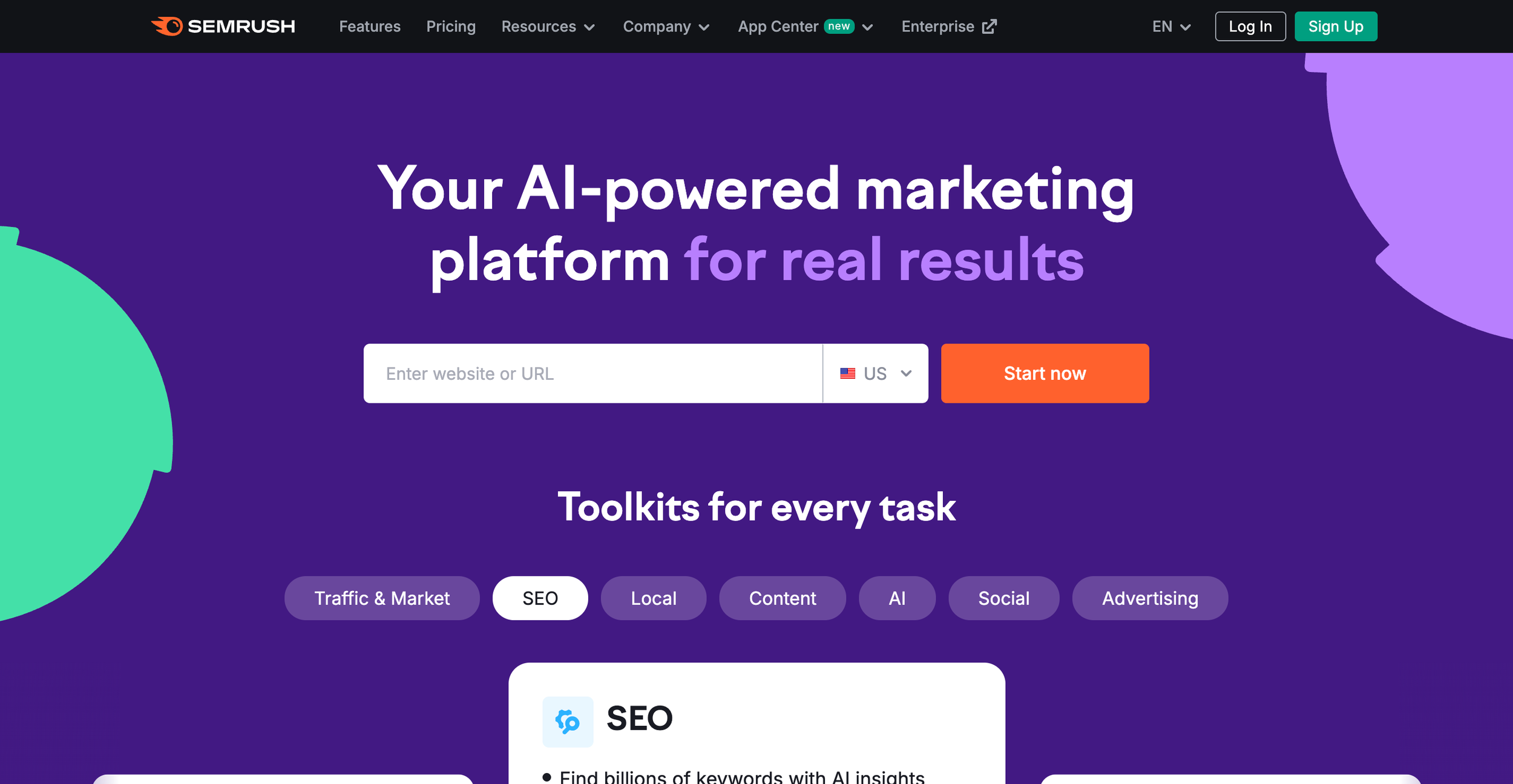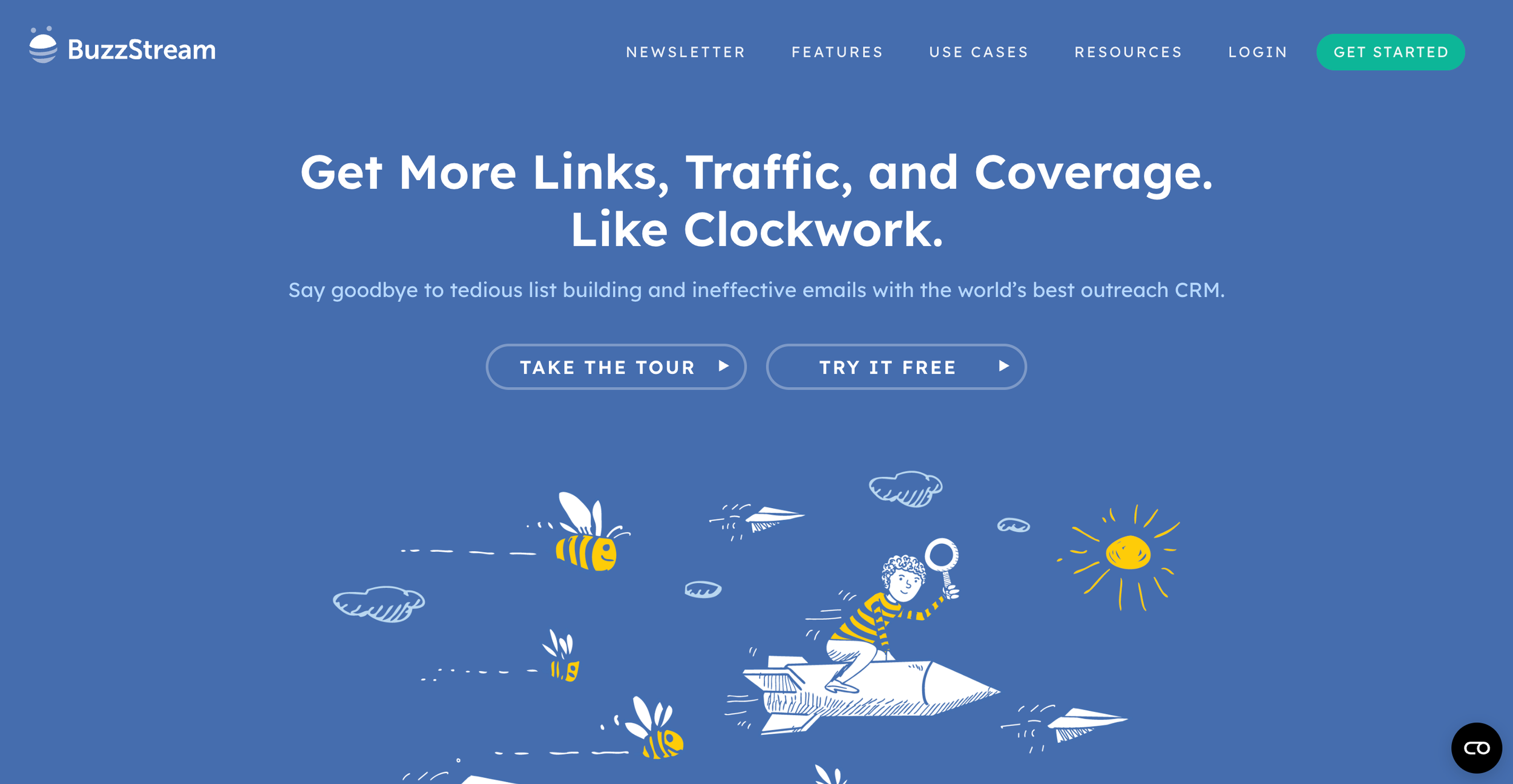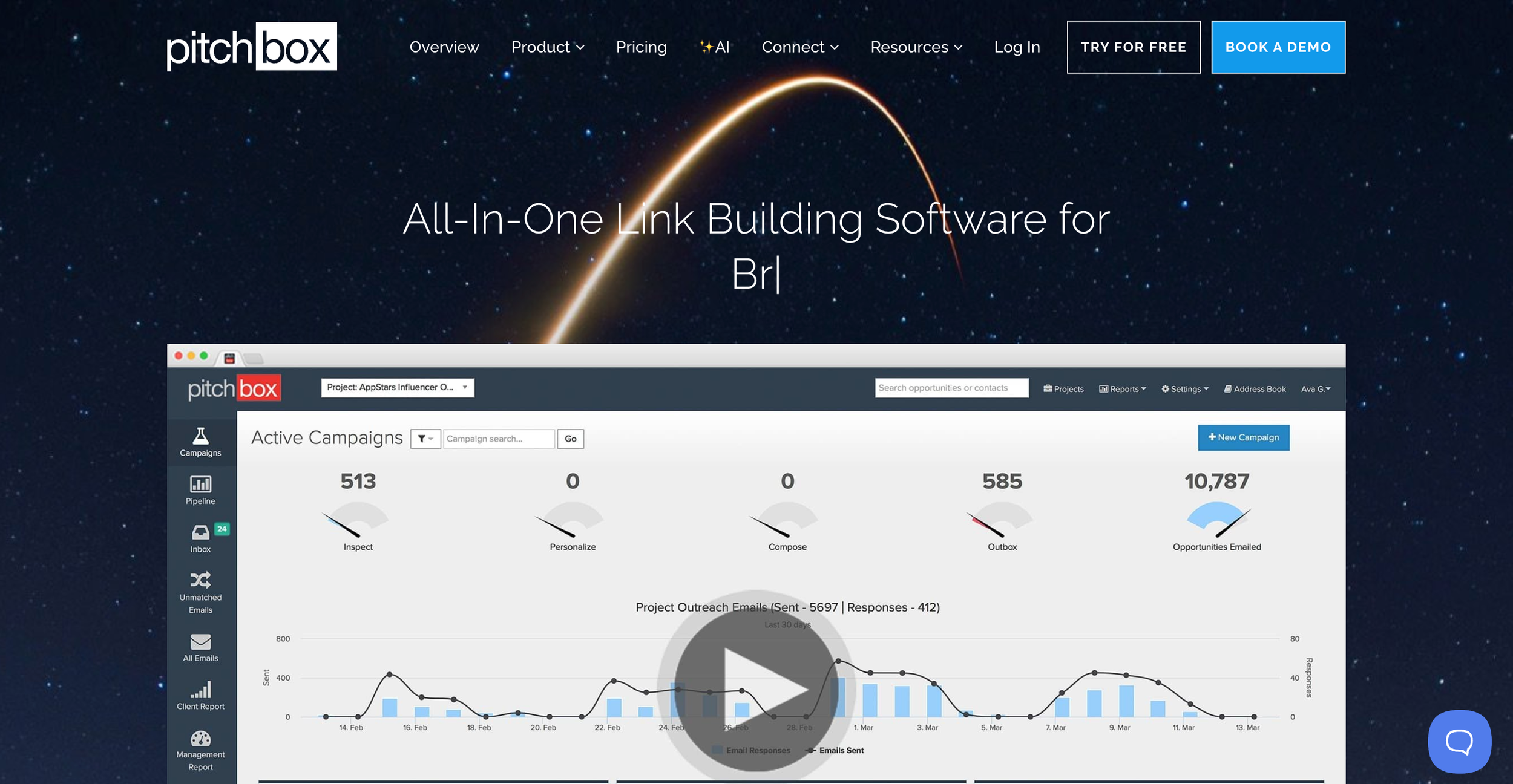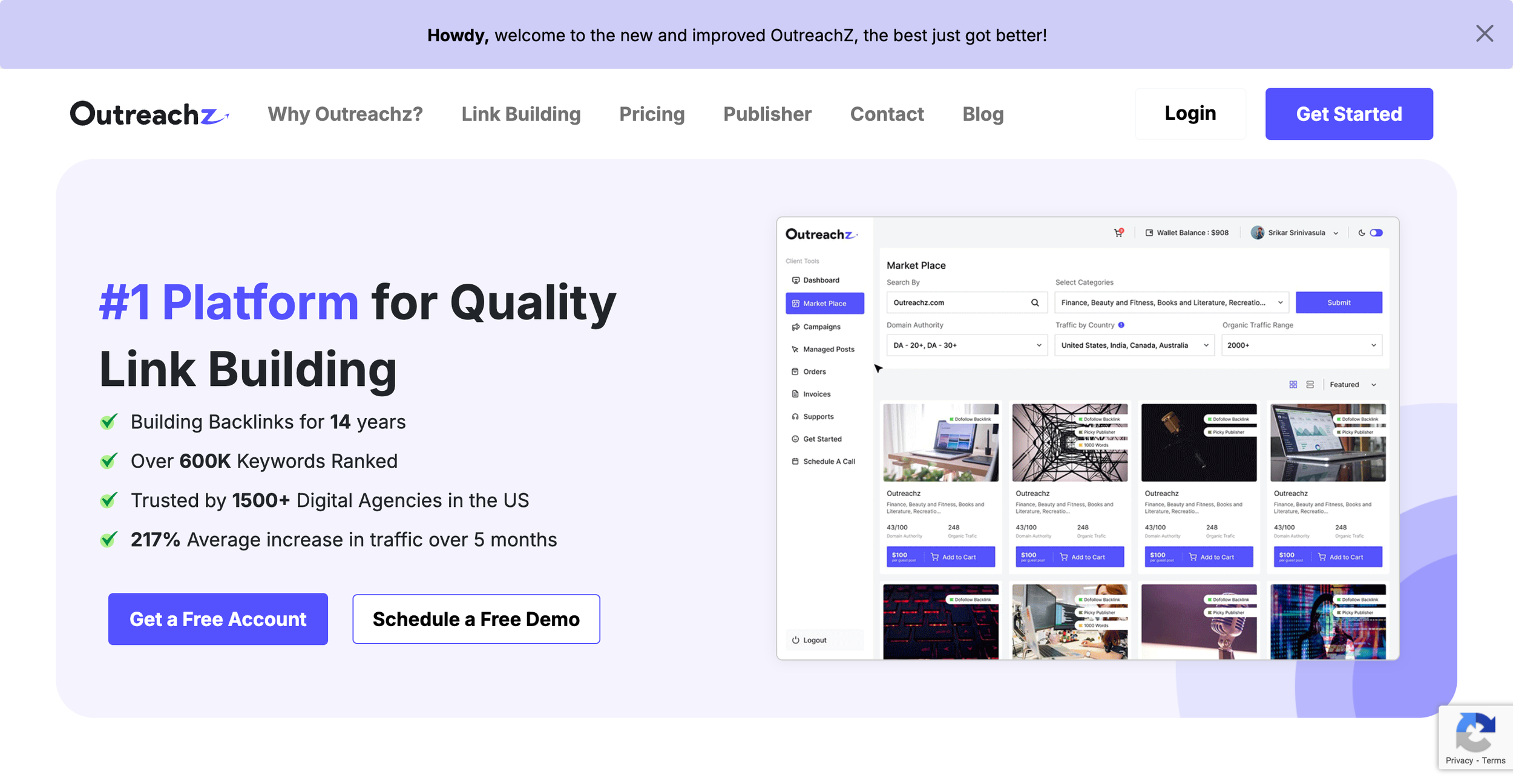The Complete Guide to Guest Posting
Guest posting is not dead. But it has evolved. And if you're still using 2019 tactics in 2025, you're about as effective as a chocolate teapot.
When done right with a focus on quality, and relevance, guest posting can still provide strong SEO benefits in 2025. But here's what's changed: Google's gotten smarter, audiences have gotten pickier, and the bar for quality content has shot through the roof.
The 2024-2025 algorithm updates eliminated 94 previously acceptable sites from quality guest posting lists, highlighting just how much the landscape has tightened. The successful campaigns now focus on 2-4 high-quality posts per month rather than high-volume, low-quality content blitzes.
So, if you're ready to ditch the spray-and-pray approach and build a guest posting strategy that actually works in 2025, buckle up. This guide will show you exactly how to do it right. ⬇️
What is guest posting (and why should you care)?
Guest posting, also known as guest blogging, is the practice of writing and publishing content on someone else's website.
Guest posting is publishing on another website to promote your site. It can have benefits – if you do it right. The magic happens when you create genuinely valuable content for a website's audience whilst strategically building your brand authority and earning quality backlinks.
Think of it like being invited to speak at someone else's dinner party. You wouldn't turn up, ignore the other guests, and start flogging your latest project, would you? (Please say no.) Instead, you'd contribute meaningfully to the conversation, share insights that benefit everyone, and naturally build relationships that could lead to future opportunities.
That's guest posting done right.
The benefits of guest posting
Let's have a chat about what guest posting can genuinely do for your business:
High-quality backlinks that Google loves
Quality content in your guest post drives a positive user experience, signalling search engines about your website's value, potentially boosting your SEO rankings. But we're not talking about any old backlinks here. We're talking about contextual, relevant links from authoritative sites that Google actually respects.
The current environment rewards businesses that prioritize quality over quantity. Average costs now range from £238 for DR 1-10 sites to £4,530 for DR 91-94 premium placements, with high-quality placements averaging £609. But that investment pays off. Sites with proper E-E-A-T compliance (Experience, Expertise, Authoritativeness, Trustworthiness) are seeing compound returns over 6-12 months.
Brand awareness that converts
Guest posting serves as a prime tool for getting your brand name out there... exposing your brand to a wider audience, tapping into established platforms and fan bases. When you consistently appear on relevant industry publications, you're not just building awareness – you're building authority.
The shift from quantity to quality has eliminated many traditional tactics while creating opportunities for businesses willing to invest in comprehensive strategies. The most successful practitioners now use a tiered targeting strategy: premium publications receive 1-2 fully customised posts monthly, mid-level publications get 3-4 semi-customised pieces, and niche blogs receive 4-6 posts with adaptable frameworks.
Relationship building that pays dividends
Every successful guest post opens doors. You're connecting with editors, fellow contributors, and industry leaders. These relationships often lead to speaking opportunities, partnerships, and collaborative projects that dwarf the initial SEO benefits.
Targeted traffic with intent
Unlike social media traffic that might bounce faster than a rubber ball, guest post traffic tends to be highly engaged. These readers sought out the publication, consumed your content, and actively clicked through to learn more.
How to find guest posting opportunities
Start with your competitors (and be clever about it)
Most of their backlinks didn't come from guest posts. But a good chunk did... Now you know which blogs are likely to accept guest posts from businesses like yours. Pop your top competitors into tools like Ahrefs or SEMrush, analyse their backlink profiles, and identify where they've been published.
This approach reveals the hidden gems – sites that accept guest posts but don't shout about it with "write for us" pages. Here's the insider trick: look for sites hit by Google's algorithm updates using Ahrefs' traffic trends. Avoid publishing on penalised domains – they're more trouble than they're worth.
Beyond basic competitor analysis, use these advanced methods:
The keyword gap strategy: Use Semrush or Ahrefs to find keywords your prospect's competitors rank for, but they don't. Pitch content targeting these gaps – it's irresistible to editors because it solves a real content need.
Social media monitoring: Follow industry hashtags and LinkedIn groups where editors share content needs. Many opportunities never make it to "write for us" pages.
HARO and journalist platforms: Help a Reporter Out connects you with journalists needing expert sources. It's guest posting's sophisticated cousin.
Google search operators
Time for some search detective work. These search strings will uncover opportunities faster than you can say "domain authority":
"your niche" + "write for us"
"your niche" + "guest post guidelines"
"your niche" + "submit a guest post"
"your niche" + "contributing writer"
"your niche" + "this is a guest post by"
Pro tip: Replace "your niche" with specific industry terms, not generic words like "business" or "marketing."
Quality over quantity (every bloody time)
Tools like Moz's Link Explorer and Ahrefs' Site Explorer can quickly give you a snapshot of authority metrics... Overall, the goal here is to weed out poor quality sites. Here's your 2025 quality checklist:
Essential metrics:
Domain Authority (DA) or Domain Rating (DR) above 30 (minimum)
Organic traffic exceeding 10,000 monthly visits
Consistent publishing schedule (at least weekly)
Engaged audience (check social profiles and comment sections)
Traffic stability (avoid sites hit by recent algorithm updates)
Red flags to avoid:
Sites primarily existing for guest posting
Suspicious link profiles with excessive guest post patterns
Platforms guaranteeing immediate publication without editorial review
Publications hit by Google's Helpful Content Updates
Remember: a niche-specific site with DR 40 and engaged audience often outperforms a generic DR 70 site for meaningful business results. Topical relevance trumps pure authority every time.
Social media and communities
Join relevant Facebook groups or LinkedIn communities where bloggers congregate, as this can lead you directly to potential sites eager for fresh content. Many editors share their content needs in industry Facebook groups, LinkedIn communities, and Twitter conversations.
Writing pitches that get opened (and answered)
Here's where most people go wrong. They send generic templates that scream "mass outreach campaign." Don't be that person. Personalisation drives response rates up by 32.7% according to current industry data.
Research like your conversion rate depends on it
Because it does. Before you even think about hitting send:
Read the last five articles published on the site
Check the author guidelines (if they exist)
Note their content style and typical word count
Identify the decision-maker (editor, content manager, or site owner)
Find their email address using tools like Hunter.io or manually
Research their recent social media activity and industry involvement
The anatomy of a pitch that converts
Start with a personalised greeting addressing the recipient by name. Briefly state you are a fan of their website and content. Propose 2-4 tailored headline ideas and summarise the topic value-add.
Subject line mastery: Keep it under six words and specific. "Guest post idea: [specific topic]" works better than "Collaboration opportunity." Data shows shorter subject lines get 12.2% higher open rates.
Opening that proves you're human: Mention a specific recent article and why it resonated. Reference something unique about their publication – a recent milestone, editorial direction change, or industry recognition.
Value proposition that matters: Skip the generic "I'm an expert in..." and show, don't tell. Offer exclusive data, case studies, or insights unavailable elsewhere. Mention specific outcomes you can help their audience achieve.
Topic suggestions with substance: Propose 2-3 specific headlines with brief descriptions. Include potential subheadings or key points to show you've thought beyond the headline. Make it clear how each would benefit their specific audience.
Credentials that count: Include 2-3 links to your best published work, but make sure they're relevant to the target publication's style and audience. Quality over quantity – always.
Follow-up without being a pest
It's a good idea to send a follow-up email with a couple of more topics and fleshed-out outlines after 5-7 days. One follow-up after a week is professional. Three follow-ups makes you look desperate. The data is clear: 80% of sales require five follow-up calls, but 92% of salespeople give up after four rejections.
Writing guest posts that editors actually want to publish
Match their style and standards (and exceed them)
Read some of their recent articles, too. This will help you adapt to their style... Then you can write a unique article that their readers will love. Every publication has its own voice. Some are conversational and cheeky (like this guide), others are formal and data-heavy. Adapt accordingly.
The most successful guest posts now follow the problem-solution framework: address specific pain points experienced by the target audience, provide actionable solutions based on real experience, and include data-driven insights that support your recommendations. Aim for 2,000-3,000 words with in-depth analysis – the average successful guest post length has increased 40% since 2023.
Provide genuine value, not thinly veiled promotion
The 90/10 rule applies here: 90% valuable content, 10% subtle brand mentions. Only mention your brand if it's necessary (e.g., you're referring to some research you conducted). The current environment rewards authentic expertise over promotional content.
Content that gets accepted:
Original insights that haven't been published elsewhere
Comprehensive research with 5-10 authoritative sources
Multimedia elements including relevant images, charts, and interactive components
Actionable advice that readers can implement immediately
Case studies with measurable outcomes and specific data points
E-E-A-T compliance: non-negotiable in 2025
Content must demonstrate Experience, Expertise, Authoritativeness, and Trustworthiness through clear authorship, credible sources, and genuine insights. Publications increasingly verify author credentials and expertise before accepting submissions.
Essential elements:
Clear author bio with relevant credentials
Links to authoritative sources and studies
Original research or exclusive data when possible
Specific examples and case studies from your experience
Professional headshot and consistent branding across platforms
Structure for scanability
Online readers don't read – they scan. Use:
Short paragraphs (3-4 lines maximum)
Descriptive subheadings
Bullet points for lists
Bold text for key takeaways
White space generously
Include data and original insights
Unique content with a personal tone and a "human touch" not only resonates more with the audience but also earns additional benefits from Google. Reference industry reports, include original research, or share case studies from your experience.
Optimise for SEO (but subtly)
If you want your guest post to rank well in Google, use Semrush's SEO Content Template tool. Enter up to three keywords you want to rank for, choose your country and device, then click "Create content template."
Include your target keywords naturally throughout the content. Don't stuff them in – modern Google algorithms can spot keyword stuffing from space.
6 guest posting strategies for 2025
The content gap approach (this is brilliant)
Plop your prospect's website into the Keyword Gap tool of either Semrush or Ahrefs... you'll find all of the keywords that your prospect's competitors are currently ranking for, but they are not. This approach is brilliant because you're solving a real content problem for the publication.
Here's how it works in practice: identify content gaps where their competitors rank but they don't, craft compelling pitches around filling these gaps, and demonstrate potential traffic value with specific keyword data. Editors love this because it shows you understand their business needs, not just your own.
Topic clusters and pillar content
Rather than one-off guest posts, think strategically about creating content clusters. Propose a series of related articles that build upon each other, establishing you as the go-to expert on that topic.
Multimedia integration
In 2025, text-only guest posts feel dated. Include:
Original graphics or charts
Embedded videos or podcasts
Interactive elements where appropriate
High-quality images with proper attribution
Repurposing and amplification
Once your guest post goes live, don't just sit back and admire your byline:
Share it across your social channels
Include it in your email newsletter
Reference it in future content
Use it as a case study for future pitches
Tools that'll make your guest posting life easier
Research and prospecting tools
Ahrefs Content Explorer (£79-£399/month): Enter a keyword, and Content Explorer displays top posts along with information like Domain Rating (DR), number of backlinks, organic traffic, traffic value, and other helpful metrics for determining if the site is valuable as a link building target. The ROI justifies the cost when you consider time saved and opportunity quality.
BuzzStream (£24-£299/month): BuzzStream – All-in-one outreach tool for prospecting, email campaigns, relationship tracking, and backlink reporting. Perfect for smaller teams who need user-friendly collaboration features.
Hunter.io (Free-£399/month): For finding and verifying email addresses. The free tier gives you 25 searches monthly, but serious practitioners need the paid plans for scale.
Premium outreach platforms for scaling
Pitchbox (£195-£495/month): Offers advanced automation with AI-powered personalisation ideal for large agencies. The platform reduces manual effort by 60-80% while improving response rates through sophisticated personalisation.
Respona (£59-£419/month): Relies on content relevance for prospecting rather than just SEO metrics. It can identify potential outreach opportunities based on the content of your target websites, ensuring higher relevance and success rates.
Guest posting marketplaces and services
OutreachZ: Leads with transparent pricing under £100 and 12-month link guarantees. Perfect for businesses wanting predictable costs and guaranteed placements.
Adsy: Offers 100,000+ publishers with DR80 sites from £27.50. The platform provides extensive filtering options and quality control measures.
Linkhouse: Provides AI-powered campaign planning across 74,000+ websites in 25 languages. Ideal for international campaigns and enterprise-level requirements.
Your next steps
Time to stop reading and start doing. Here's your action plan:
Research and compile a list of 20 relevant publications using the methods outlined above
Create 5 personalised pitches for your top-choice publications
Follow up on your initial pitches and send 5 more
Begin writing your first accepted guest post
Guest posting isn't about gaming the system or chasing quick wins. It's about building genuine relationships, sharing valuable insights, and establishing yourself as a trusted voice in your industry.
And if you're feeling overwhelmed by all this strategy and want someone to handle your brand voice and content strategy professionally? Well, that's exactly what I do. Let's chat about how we can make your brand impossible to ignore.

